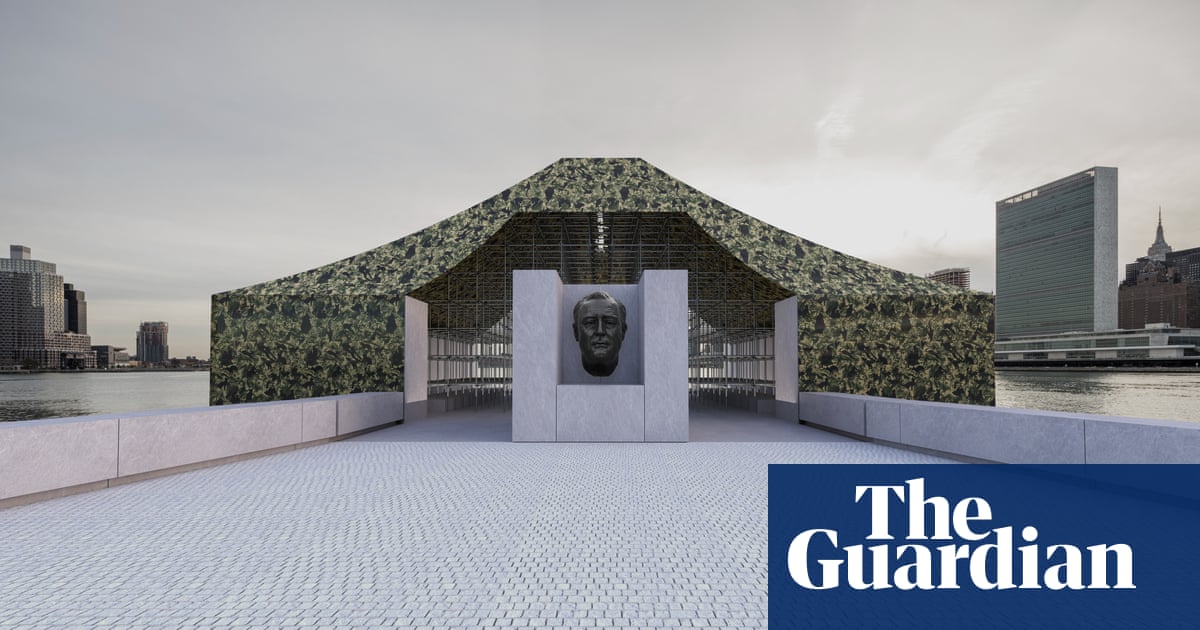Ai Weiweiis returning toNew Yorkwith a new installation on Roosevelt Island.
The Four Freedoms Park Conservancy announced on Thursday that it had commissioned the Chinese contemporary artist to help launch a new public art initiative in September.
The new program, titled Art X Freedom, will invite artists to make site-specific projects that “interrogate issues of social justice and freedom”, according to a press release.
Starting 10 September – a date concurrent with both the 80th session of the United Nations general assembly and the 80th anniversary of the end of the second world war – the public can viewWeiwei’s installation Camouflage. The project comprises an open sanctuary and structure draped in camouflage netting, inviting viewers to consider questions of “vulnerability and protection, truth and concealment, and the reverberating impacts of violent human conflicts around the world”, according to the press release.
It will be Weiwei’s first major public artwork in New York since 2017, when heinstalled a series of cagesaround the city to protest against the first Trump administration’s harsh immigration policies. The 67-year-old has long been one of the most politically outspoken artists of his generation, even in the face of government pressure over his criticism of its human rights violations.
In 2010, the Chinese government held him in a secret detention center for 80 days and repeatedly interrogated him for charges of tax fraud. He left the country in 2015, and maintained studios all over the world, including in London and Berlin. He now lives and works in Portugal, and is currently the subject of a large retrospective at the Seattle Museum of Art including four decades of work.
His new project at the Franklin D Roosevelt Four Freedoms state park, a place on the southernmost tip of Roosevelt Island that memorializes the 32nd president’s famous speech on human rights, embodies the artist’s “personal commentary on what is unfolding politically and culturally in our time”, Weiwei told theNew York Times. It is the first commission by Art X Freedom, which provides an annual budget of $250,000 for works altering the 3.5-acre park. Each artist will also receive a $25,000 prize.
“Public art is a mirror to our times,” said the initiative’s co-chair, philanthropist Agnes Gund. “Art X Freedom speaks to the urgent need to protect freedom for all, including freedom of speech, expression and the right to dissent – values that are the bedrock of democracy and justice.”
Added Allison Binns, a venture capitalist who serves as Gund’s co-chair: “Ai Weiwei is globally renowned for his provocative and thought-provoking body of work and his staunch and unwavering advocacy for human rights. We could not have found a more perfect partner or resonant project to help us introduce Art X Freedom to the world and inspire park visitors.”
Camouflage will remain on view until 1 December 2025. The conservancy will announce finalists for the September 2026 installation in the fall of this year.
